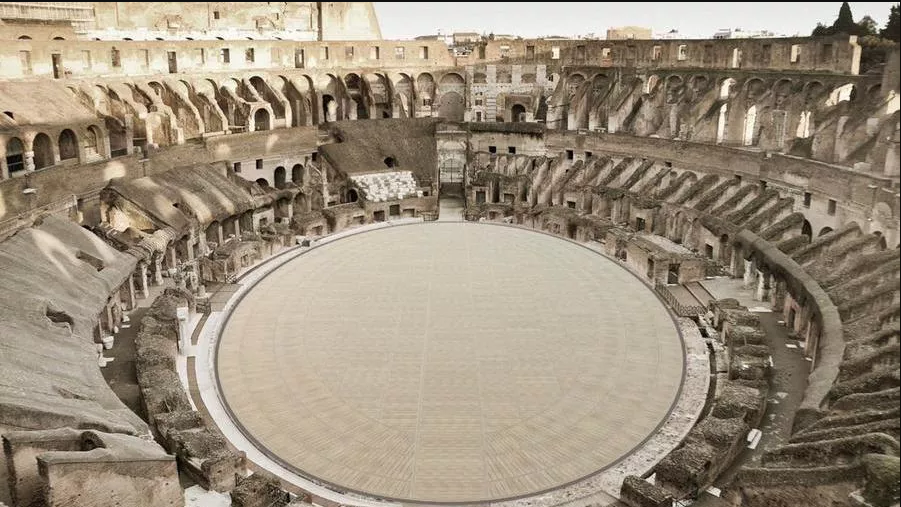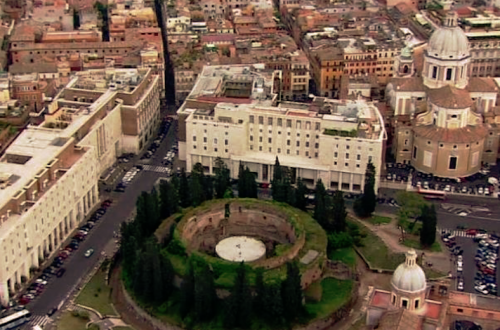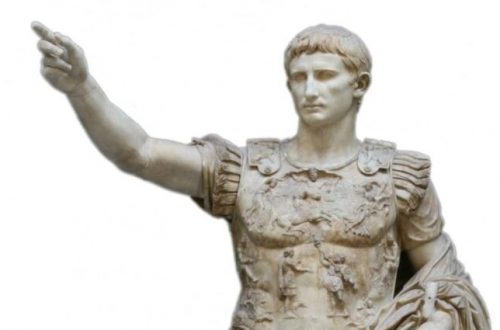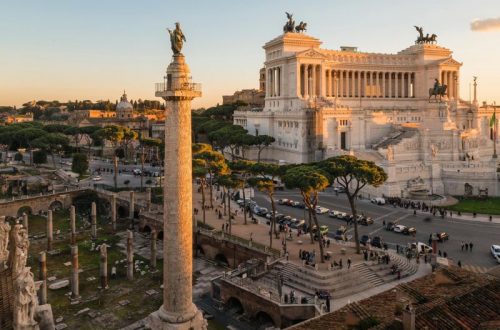
Colosseum, the Arena of the Gladiators will be rebuilt as it appeared in the nineteenth century
Colosseum, the Arena of the Gladiators will be rebuilt as it appeared in the nineteenth century
Built in 80 BC by Vespasiano and Tito of the gens Flavia. The Colosseum is the symbol of Rome and of the history of Rome.
After 2000 years it was decided to give back to tourists and not the true aspect of the Colosseum.
At first, only a suggestion that had aroused many perplexities and controversies mainly among archaeologists. Return to the Colosseum its arena, as it appeared in the illustrations of a century ago. Then, the fundamental impulse of Minister Franceschini made this hypothesis a concrete project with a just published call and the aim of starting the works by 2021. Which will make the Colosseum again “alive and livable”, the protagonist of cultural events of high level
Rebuilding the arena of the Colosseum, the idea of Daniele Manacorda
It all started in 2014, with the idea of the archaeologist Daniele Manacorda (professor of Methodology and technique of archaeological research at the University of Roma Tre) who in the magazine Archeo of July proposed to give back to the visitors of the Colosseum the same scenario taken by the nineteenth-century views with the walkable arena that covered the basement.
“An incomprehensible labyrinth”
The Professor’s idea was therefore to bring back “alive” and “livable” that arena which, from the original Roman games and shows, had then hosted the most recent public events and religious ceremonies. While today the photos of the Colosseum from above show us “a disturbing tangle of walls exposed to the sun, a labyrinth as incomprehensible as it is inaccessible”.
At the turn of the nineteenth and twentieth centuries, in fact, as the archaeologist explained in the article by Archeo, “the arena was gradually uncovered, the reservoir of the monument was excavated through a complicated series of events, its underground I have been laid bare ”.
“Necrophytic Archeology”
According to Manacorda, all this has deprived the arena of its meaning. As well as its failure to reconstruct, also to protect the underground from atmospheric events. What he defines as “Necrophytic Archeology” or “a way of conceiving and practicing the intervention on monuments and ancient stratifications as an insane exposure of dead things”.
Then he concludes (here we have reported only some excerpts from his detailed article on Archeo): “What problems does redoing the arena entail? Frankly, I don’t see it: returning to the basements their ‘underground’ means, if anything, offering the possibility of visiting them by entering a labyrinth, this time however sensible, because it was accessible as it was when it was part of a functioning mechanism, which worked because ‘below’, removed from the gaze, but not from the people who acted in it “.
Host contemporary events
In short, according to the Professor, the arena had to go back to being a place capable of hosting, in a unique setting in the world – obviously in compatible forms – the events of contemporary life. Allowing “The overcoming of the simple banal ritual of the visit of mass tourism”.
The opposite theses
Curious that the greatest opponents of this, which was then only a theoretical proposal, considered this idea the trivialization of a complex architecture that would only attract mass tourism. Instead, according to the opinion of other authoritative insiders of the time, it is better to focus on quality communication.
Franceschini’s enthusiasm (and courage)
The point is that Franceschini was immediately enthusiastic about Manacorda’s proposal, complete with a tweet: “I really like the idea of the archaeologist Manacorda to return his arena to the Colosseum. A little courage is enough “.
![]()




